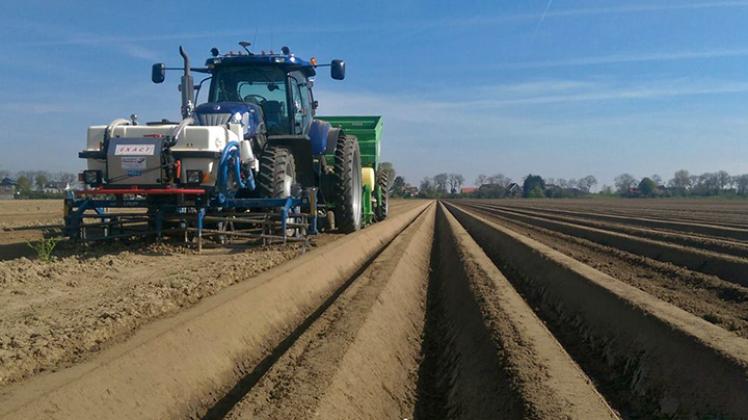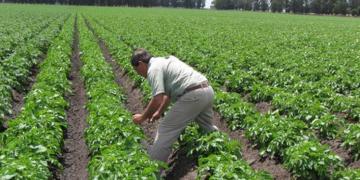EEUU: Idaho farmers watching for early insects
KIMBERLY, Idaho — University of Idaho Extension entomologist Erik Wenninger believes insect development is well ahead of normal in Idaho following a mild winter, and growers could face heightened pest and disease challenges, as a result.

Based on an analysis of daily regional temperatures, Wenninger believes insect development is two to three weeks ahead of the 30-year average in Magic Valley, nearly a couple of weeks ahead of schedule in Eastern Idaho and four to six days early in Treasure Valley.
“This year has been exceptionally warm so far,” Wenninger said. “I think growers should be beginning their scouting for insects a good two to three weeks earlier than they normally do, at least in the Magic Valley.”
According to the National Weather Service, temperatures during the past 90 days ranged from 2 to 4 degrees above normal throughout Eastern Idaho and 2 to 6 degrees above normal in most of Magic Valley and Treasure Valley.
On May 10, Wenninger began setting up the statewide monitoring program he’s overseen on behalf of the Idaho potato industry for the past four years to alert grows of the arrival of potato psyllids, which spread the crop disease zebra chip. Zebra chip, caused by the Liberibacter bacterium, first arrived in the Pacific Northwest in 2011 and causes bands in tuber flesh that darken when potatoes are fried.
The monitoring program, supported by the Idaho Potato Commission, will be equivalent in scope to last year. Wenninger said 12 sites will be intensely monitored for psyllids, using 10 sticky cards placed along field borders and weekly insect samples taken by vacuum and leaf collection. Another 75 to 80 fields will be monitored with just four sticky cards.
Declo farmer Mark Darrington said as of May 11, some of his fall grain had already reached the flag-leaf stage, demonstrating it’s maturing early, and he imagines the weather conditions have been equally favorable for bugs. Nonetheless, he’s more concerned at the moment about fungus and rust when he scouts his fields, though he’s also keeping a watchful eye for insects.
Darrington estimates the cost of a full psyllid insecticide program at $120 to $200 per acre, so his strategy will be to wait for Wenninger’s monitoring program to detect the arrival of an infected psyllid in his area before treating.
“I feel like the monitoring program has certainly been well worth the investment and appreciated,” Darrington said.
Wenninger also trapped psyllids within four patches of the host plant bittersweet nightshade near the Snake River from Murtaugh to Twin Falls.
“Definitely we saw (psyllids) this past winter, as we’ve seen them during the past couple of winters, confirming they can overwinter on bittersweet nightshade,” Wenninger said, adding just one psyllid found on the host, tested last summer, has been infected.
Wenninger is preparing to publish a paper analyzing the psyllid biotypes in Idaho. All of the psyllids found on bittersweet nightshade are the Northwest biotype, suggesting they may be more cold tolerant and capable of overwintering, or that other biotypes overwinter on different plants. While Magic Valley has had a mix of Western and Northwestern psyllids, Treasure Valley seems to have a higher percentage of Western psyllids, which migrate in from California.
Fuente: http://www.capitalpress.com/Idaho/20160512/




